Human civilization has always been deeply rooted in the establishment of cities.
These urban centers served as the cradle of early human society and became hubs of culture, trade, and innovation.
Some cities have withstood the test of time, maintaining continuous habitation for thousands of years.
Here, we explore ten of the oldest cities in the world, each with a unique history that reflects the rich tapestry of human development.
Jericho
Jericho is often cited as the oldest city in the world, with evidence of habitation dating back around 11,000 years.
Located in the Jordan Valley, this ancient city has seen 23 layers of settlements over millennia.
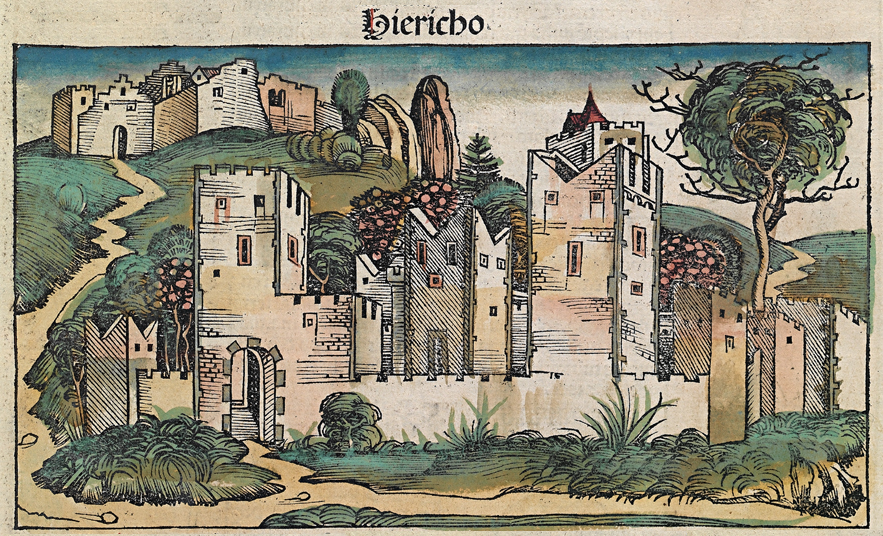
Archaeological findings, including the remains of a stone wall and a tower, indicate advanced social organization as early as 9000 BCE.
Today, Jericho is a modest town with a population of around 20,000, reflecting its enduring presence through countless historical epochs.
Damascus
Damascus claims the title of the world’s oldest continuously inhabited city, with origins around 3000 BCE.
Its strategic location at the crossroads of Asia and Africa contributed to its significance as a cultural and commercial hub throughout history.
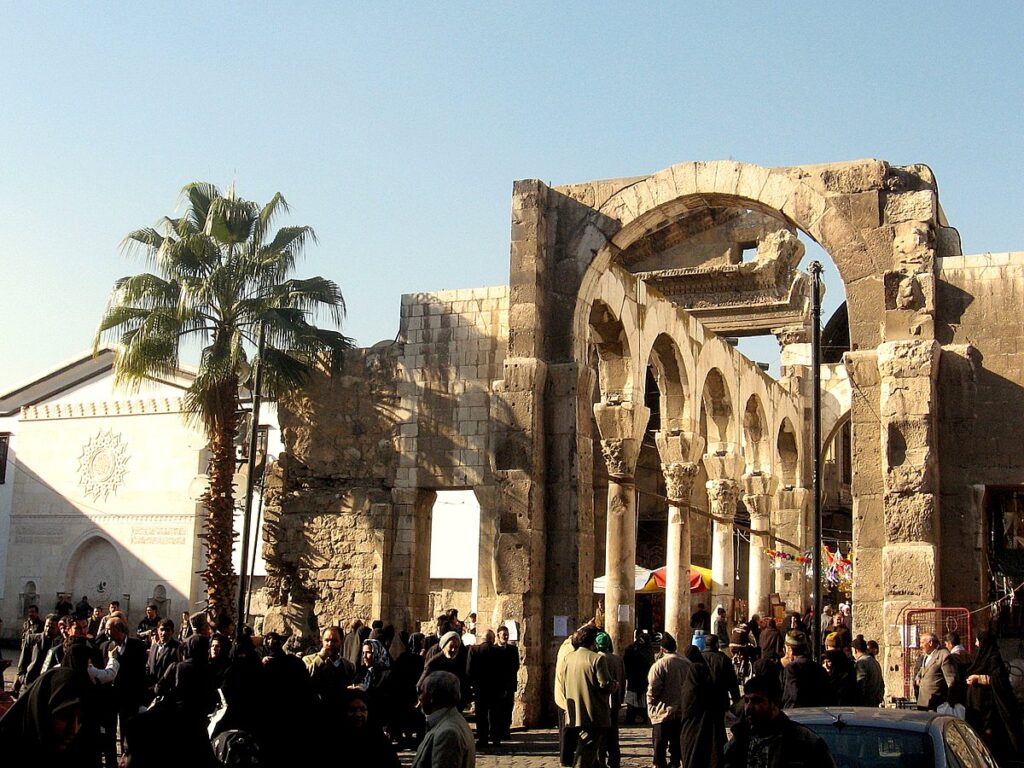
Over time, various civilizations have influenced Damascus, including the Hellenistic, Roman, Byzantine, and Islamic empires.
Notable landmarks such as the Great Mosque of Damascus, which dates back to the 8th century, highlight its rich historical tapestry. Today, Damascus remains a vibrant city, home to approximately 2.6 million people.
Byblos
Byblos, another ancient city in the Middle East, was founded around 5000 BCE. Initially a fishing village, it grew into a significant port city by 3000 BCE.
Byblos is particularly famous for its contributions to the development of the Phoenician alphabet, the precursor to modern alphabets.
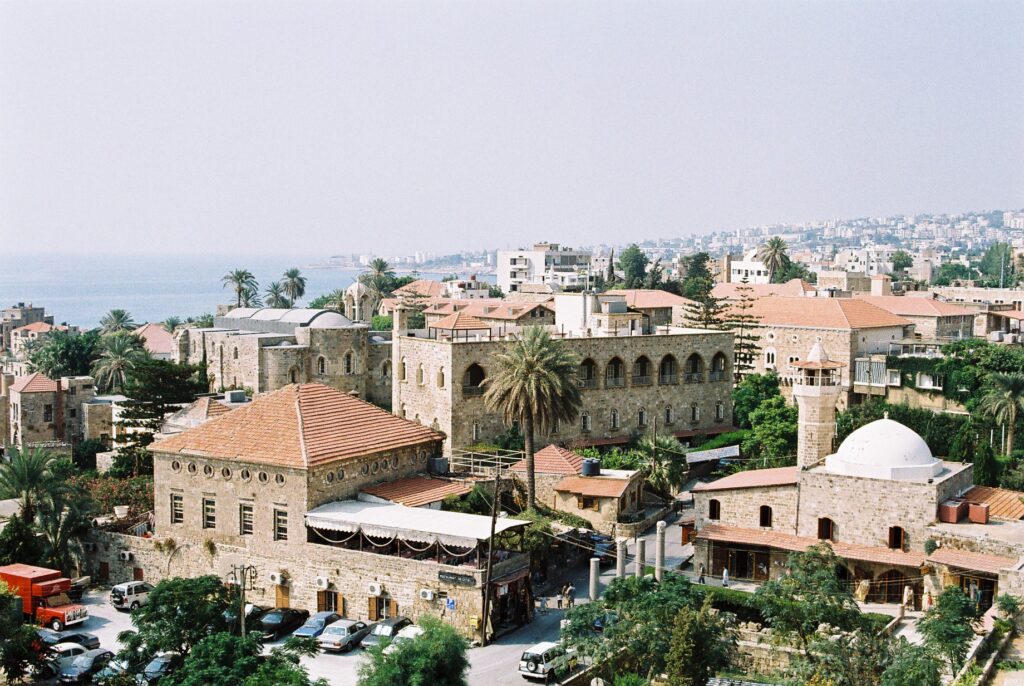
Throughout its history, Byblos has been under the control of various empires, including the Egyptian, Roman, and Ottoman. Today, it is a small but significant archaeological site with a population of about 100,000.
Aleppo
Aleppo’s history extends back to the early Bronze Age, around 3000 BCE. The city has been a crucial center of commerce and trade, thanks to its location on the Silk Road.
Over the centuries, Aleppo has been part of numerous empires, including the Hittite, Assyrian, Babylonian, and Persian.
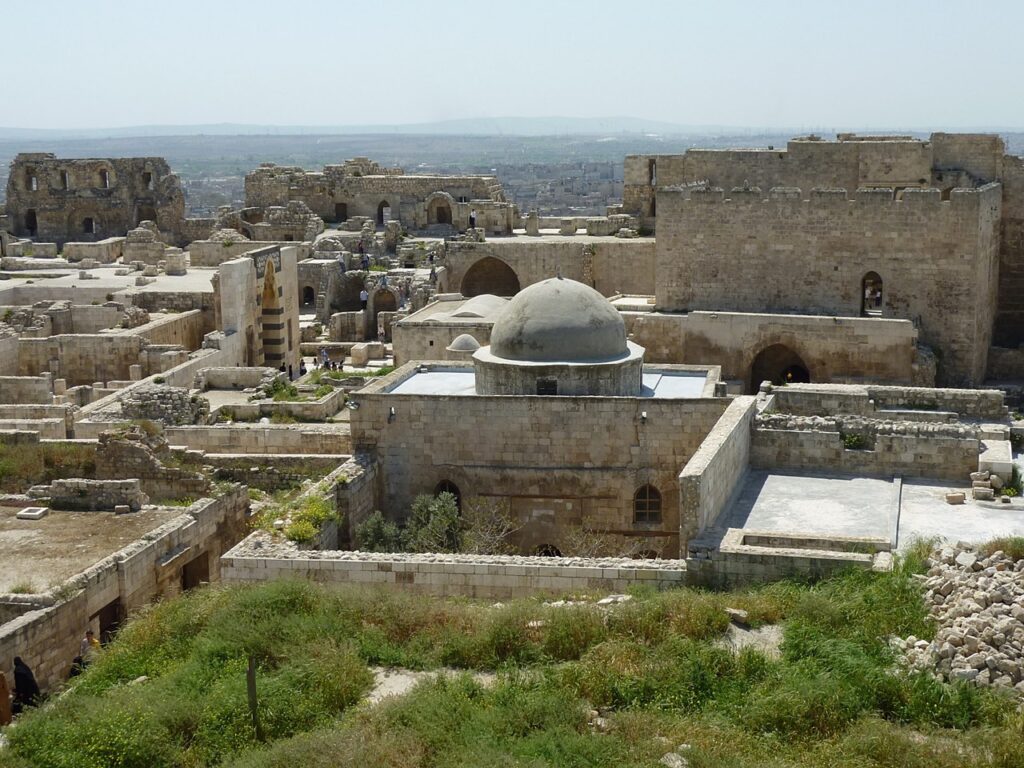
The Citadel of Aleppo, a massive fortress, stands as a testament to its historical importance. Despite recent conflicts, Aleppo remains a symbol of Syria’s rich cultural heritage.
Susa
Susa, one of the world’s oldest continuously inhabited cities, was established around 4200 BCE. It was a major center of the Elamite, Persian, and Parthian empires.

The ancient city is home to significant archaeological sites, including the remains of the Achaemenid palaces. Susa’s historical significance is highlighted in various ancient texts, including the Bible.
Shush, which stands on the site of ancient Susa, continues to be an important cultural and historical location in Iran today.
Faiyum
Faiyum, located southwest of Cairo, dates back to around 4000 BCE. Known as Shedet in ancient Egypt and later as Crocodilopolis during the Greek period, Faiyum was a significant agricultural and trade center.
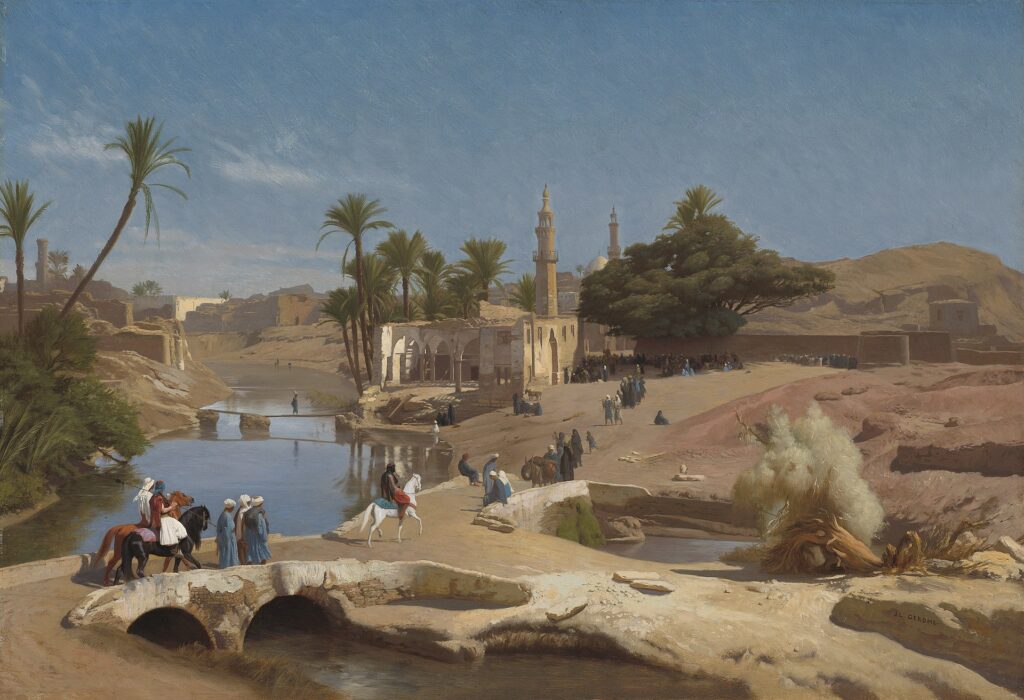
The city played a vital role during the Middle Kingdom of Egypt and continued to flourish under Roman rule. Today, Faiyum is a thriving city with a population of approximately 433,000, continuing its long legacy as a center of commerce and culture.
Athens
Athens, one of the most renowned ancient cities, has been inhabited since around 3000 BCE. It became a prominent city-state around 1400 BCE during the Mycenaean civilization.
Athens is celebrated for its contributions to democracy, philosophy, and the arts. Key historical sites include the Acropolis and the Parthenon.
Today, Athens is a bustling metropolis and the capital of Greece, with a population of over 3 million, continuing its legacy as a center of culture and history.
Plovdiv
Plovdiv, one of Europe’s oldest cities, has a history dating back to 4000 BCE.
It became a major city during the Roman period and boasts numerous well-preserved Roman ruins, including an ancient theater and stadium.
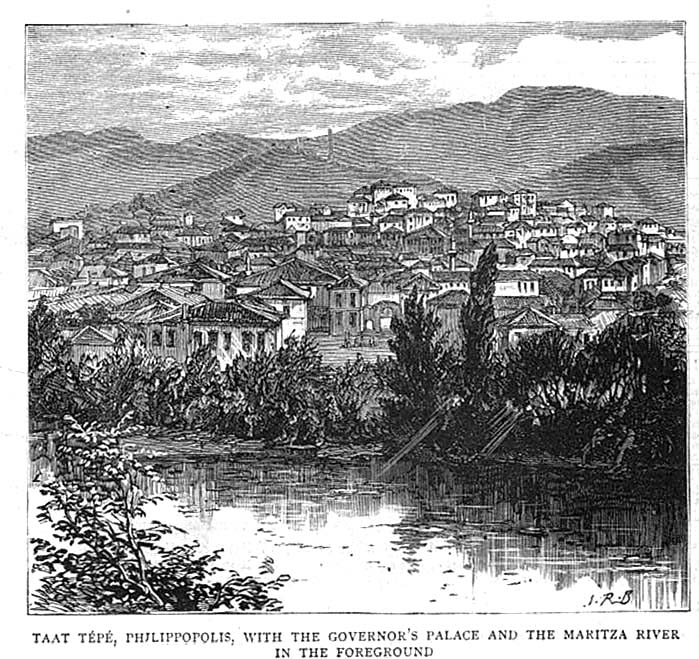
Plovdiv’s rich history is reflected in its diverse architecture, which spans several historical periods.
Now, Plovdiv is Bulgaria’s second-largest city, known for its vibrant cultural scene and historical significance.
Beirut
Beirut’s history dates back to at least 3000 BCE. The city is mentioned in ancient Egyptian records and became a significant Roman colony by 14 BCE.
Despite being ravaged by earthquakes and conflicts throughout its history, Beirut has always managed to rebuild and thrive.

In modern times, it became a major commercial and cultural hub in the Middle East. Today, Beirut is a dynamic city with a population of around 2.4 million, embodying a rich blend of ancient and modern influences.
Gaziantep
Gaziantep, known as Antep until 1921, has a history that dates back to the Hittite Empire around 3650 BCE.
The city has been an important cultural and economic center throughout various historical periods, including the Roman, Byzantine, and Ottoman empires.
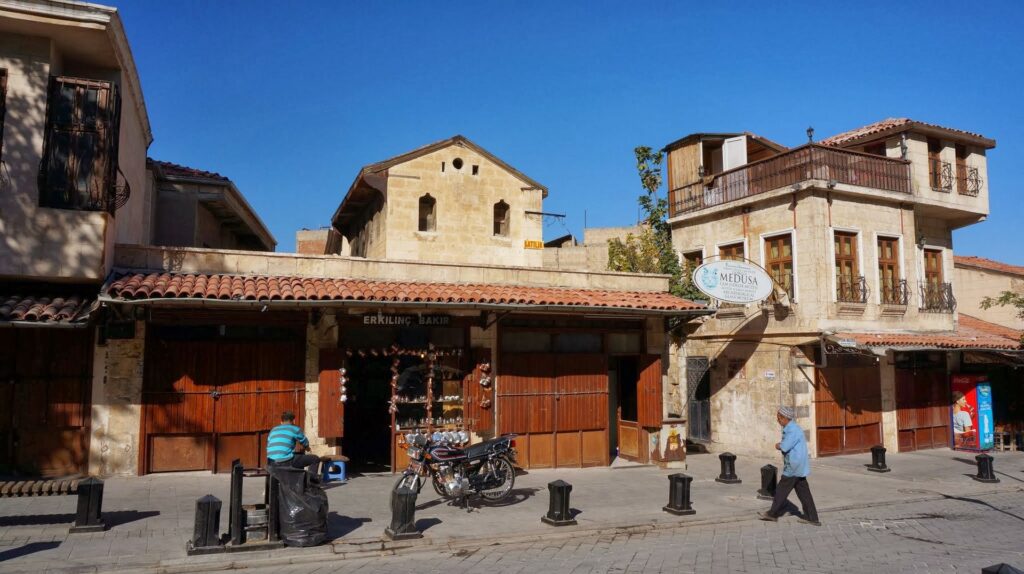
Gaziantep is renowned for its culinary heritage, particularly its baklava and pistachios.
Today, it is a thriving city with a population of over 2 million, maintaining its historical significance and cultural vibrancy.

